Hardy Hydrangeas That Will Survive Even The Coldest Winters
Hardy Hydrangeas That Will Survive Even the Coldest Winters
Hydrangeas are beautiful flowering shrubs that can add a touch of elegance to any garden. However, not all hydrangeas are created equal. Some varieties are more cold-hardy than others, and if you live in a region with cold winters, you'll need to choose a variety that can withstand the elements.
In this blog post, we'll take a look at some of the most hardy hydrangeas that will survive even the coldest winters. We'll also discuss some tips for caring for hydrangeas in cold climates.
Which Hydrangeas Are the Hardiest?
There are two main types of hydrangeas: mophead and panicle. Mophead hydrangeas are characterized by their large, round flower heads. Panicle hydrangeas, on the other hand, have smaller, cone-shaped flower heads.
In general, panicle hydrangeas are more cold-hardy than mophead hydrangeas. Some panicle hydrangeas can even survive in USDA hardiness zones 3 and 4, which means they can withstand temperatures as low as -30 degrees Fahrenheit.
Here are some of the most hardy panicle hydrangeas:
- Annabelle: This is a popular variety with large, white flower heads that bloom in summer. Annabelle hydrangeas are hardy in USDA hardiness zones 3-7.
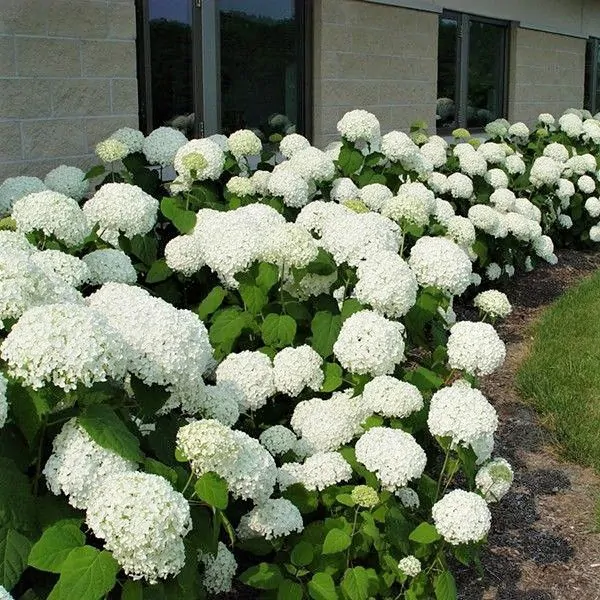
- Limelight: This variety has lime green flower heads that bloom in summer. Limelight hydrangeas are hardy in USDA hardiness zones 3-7.
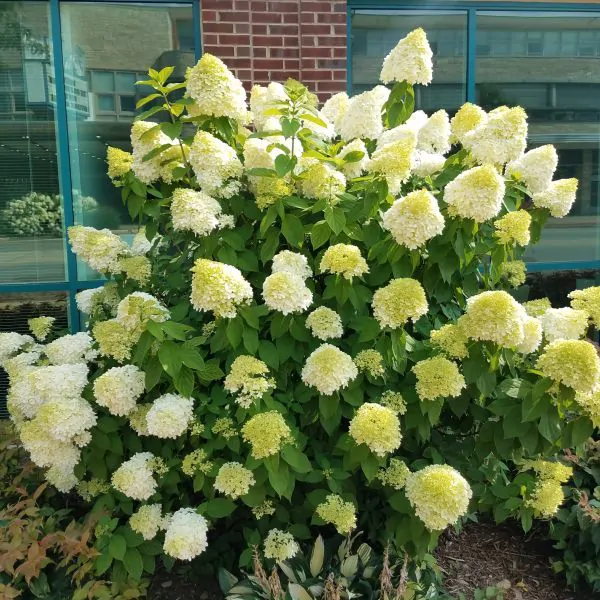
- Pinky Winky: This variety has white flower heads that turn pink as they age. Pinky Winky hydrangeas are hardy in USDA hardiness zones 3-7.
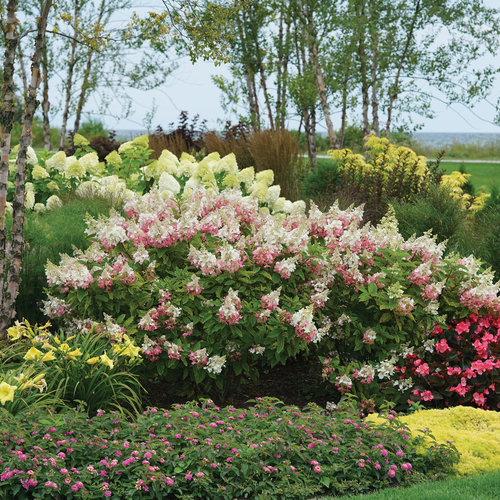
- Little Lime: This is a dwarf variety with small, lime green flower heads. Little Lime hydrangeas are hardy in USDA hardiness zones 3-7.

- Fire and Ice: This variety has white flower heads with pink and red edges. Fire and Ice hydrangeas are hardy in USDA hardiness zones 3-7.
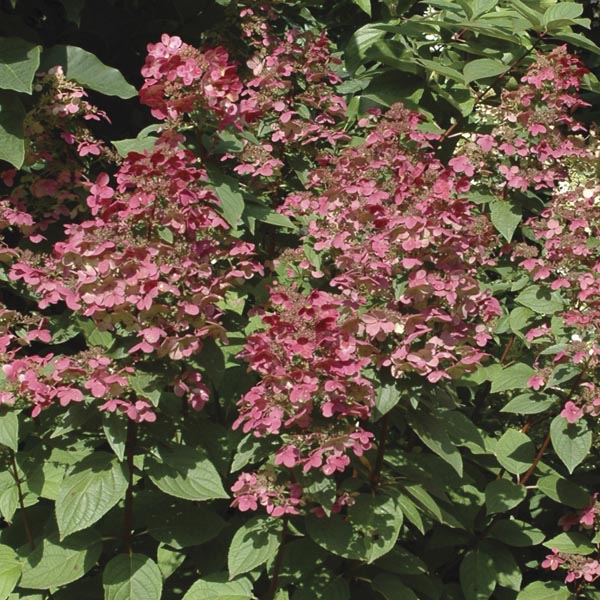
Tips for Caring for Hydrangeas in Cold Climates
If you live in a region with cold winters, there are a few things you can do to help your hydrangeas survive.
- Plant your hydrangeas in a sheltered location. This will help protect them from wind and cold.
- Mulch around your hydrangeas with a layer of organic matter, such as bark chips or compost. This will help insulate the roots and keep them warm during the winter.
- Water your hydrangeas regularly throughout the growing season. This is especially important during hot, dry weather.
- In fall, add a layer of mulch around your hydrangeas. This will help protect the roots from the cold.
- If you live in a region with very cold winters, you may need to cover your hydrangeas with a burlap sack or other protective material.
With proper care, your hydrangeas should thrive even in the coldest winters.
Conclusion
Hydrangeas are beautiful and versatile shrubs that can add a touch of elegance to any garden. If you live in a region with cold winters, there are a few hardy varieties that will survive even the harshest conditions. By following the tips above, you can enjoy your hydrangeas for many years to come.
Hardy hydrangeas are a beautiful and versatile addition to any garden. They come in a variety of colors, from white to pink to blue, and can be grown in a variety of climates. If you're looking for a hardy hydrangea that will add a touch of beauty to your garden, Garden Wiki is a great resource.
Garden Wiki has a wealth of information on hardy hydrangeas, including care tips, planting instructions, and varieties to choose from. You can also find photos of hardy hydrangeas in bloom, so you can see what they look like in different settings.
If you're a beginner gardener, Garden Wiki is a great place to start learning about hardy hydrangeas. The site's easy-to-understand articles and tutorials will teach you everything you need to know to grow healthy and beautiful hydrangeas.
So what are you waiting for? Visit Garden Wiki today to learn more about hardy hydrangeas!
FAQ of hardy hydrangea
5 Most Frequently Asked Questions About Hardy Hydrangea
Hardy hydrangeas are a popular choice for gardeners in many parts of the world. They are relatively easy to care for and produce beautiful flowers in a variety of colors. However, there are a few things that you should know about hardy hydrangeas before you plant them in your garden.
Here are the 5 most frequently asked questions about hardy hydrangeas, along with valuable insights and solutions:
Question 1: What are the hardiest hydrangea varieties?
Answer: There are many hardy hydrangea varieties, but some of the most popular include:
- Hydrangea paniculata: This variety is hardy in zones 4-8 and produces large, cone-shaped flowers.

- Hydrangea arborescens: This variety is hardy in zones 3-8 and produces flat-topped flowers.

- Hydrangea macrophylla: This variety is hardy in zones 5-9 and produces large, mophead flowers.

- Hydrangea quercifolia: This variety is hardy in zones 5-9 and produces large, lacecap flowers.
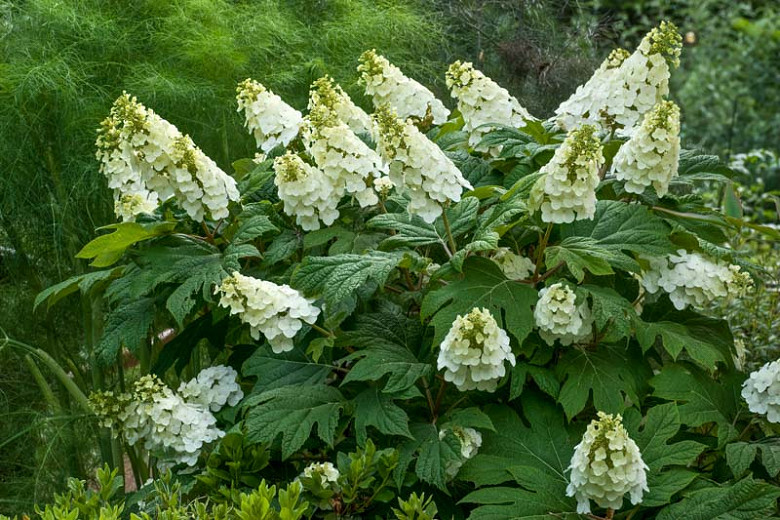
Question 2: How do I plant a hardy hydrangea?
Answer: Hardy hydrangeas should be planted in full sun or partial shade. They prefer moist, well-drained soil. When planting, dig a hole that is twice as wide and as deep as the root ball. Backfill the hole with soil, tamping it down gently. Water the plant well.
Question 3: How do I care for a hardy hydrangea?
Answer: Hardy hydrangeas are relatively easy to care for. They need to be watered regularly, especially during hot, dry weather. They should also be fertilized in the spring with a balanced fertilizer. In the fall, you can prune the plant to shape it and remove any dead or damaged branches.
Question 4: Why are my hydrangeas not blooming?
Answer: There are a few reasons why your hydrangeas might not be blooming. One possibility is that they are not getting enough sunlight. Hydrangeas need at least 6 hours of sunlight per day to bloom. Another possibility is that they are not getting enough water. Hydrangeas need to be watered regularly, especially during hot, dry weather. Finally, it is also possible that your hydrangeas are not getting enough fertilizer. Fertilize them in the spring with a balanced fertilizer to encourage blooming.
Question 5: How do I change the color of my hydrangeas?
Answer: The color of hydrangea flowers is determined by the acidity of the soil. In acidic soil, hydrangeas will bloom blue flowers. In alkaline soil, they will bloom pink flowers. You can change the color of your hydrangeas by adjusting the pH of the soil. To make the soil more acidic, you can add peat moss or sulfur. To make the soil more alkaline, you can add lime.
Image of hardy hydrangea
5 different images of "hardy hydrangea" from Pinterest:
- Panicle hydrangea is a hardy shrub that can grow up to 6 feet tall. It produces large, cone-shaped flowers in shades of white, pink, or blue.
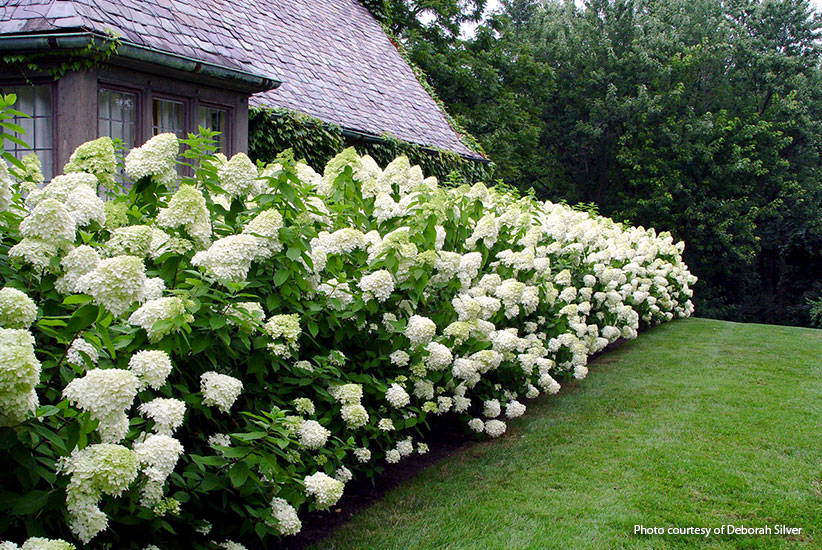
- Smooth hydrangea is a compact shrub that grows up to 3 feet tall. It produces small, white flowers that bloom in late spring or early summer.

- Hills of snow hydrangea is a hardy shrub that grows up to 4 feet tall. It produces large, lacecap flowers in shades of white and pink.
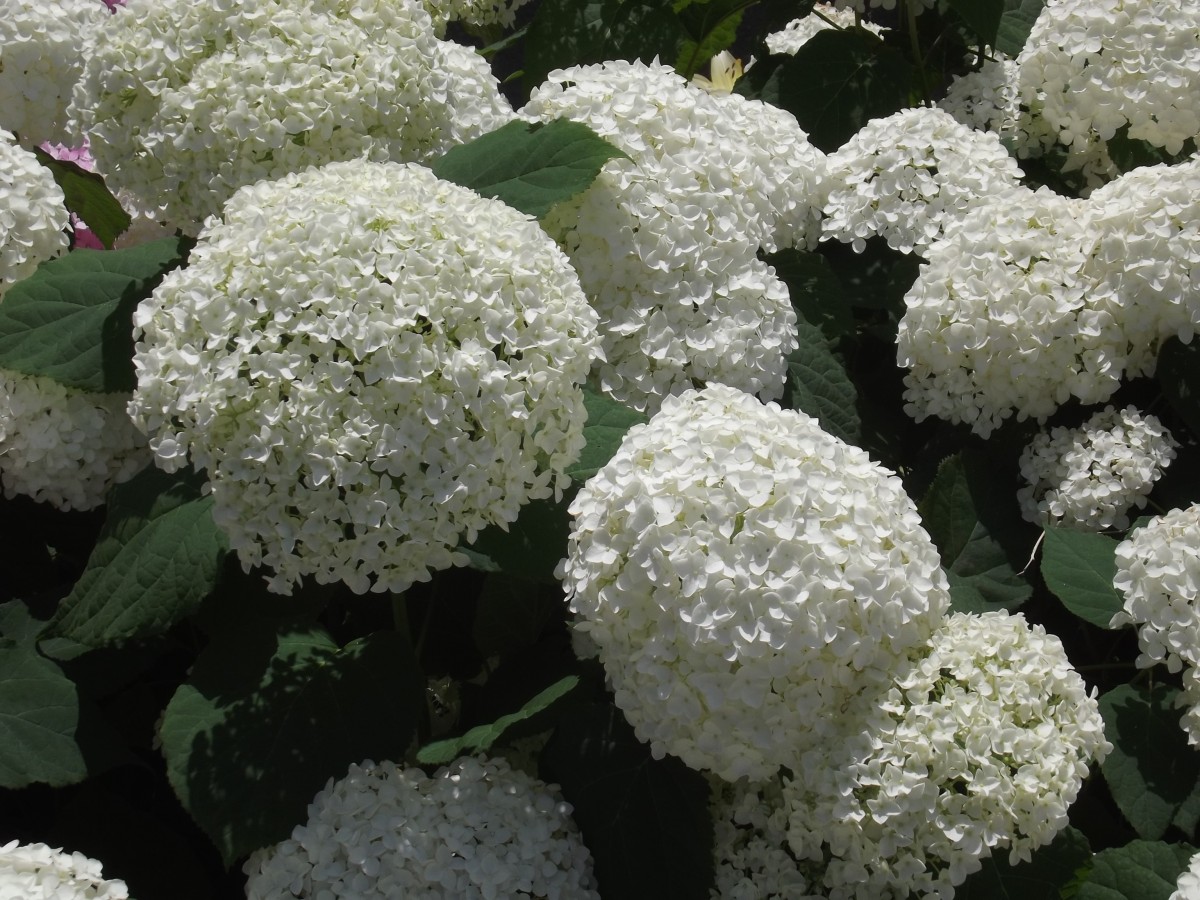
- Annabelle hydrangea is a hardy shrub that grows up to 6 feet tall. It produces large, round flowers in shades of white.
- Limelight hydrangea is a hardy shrub that grows up to 6 feet tall. It produces large, cone-shaped flowers in shades of lime green.
Post a Comment for " Hardy Hydrangeas That Will Survive Even The Coldest Winters"